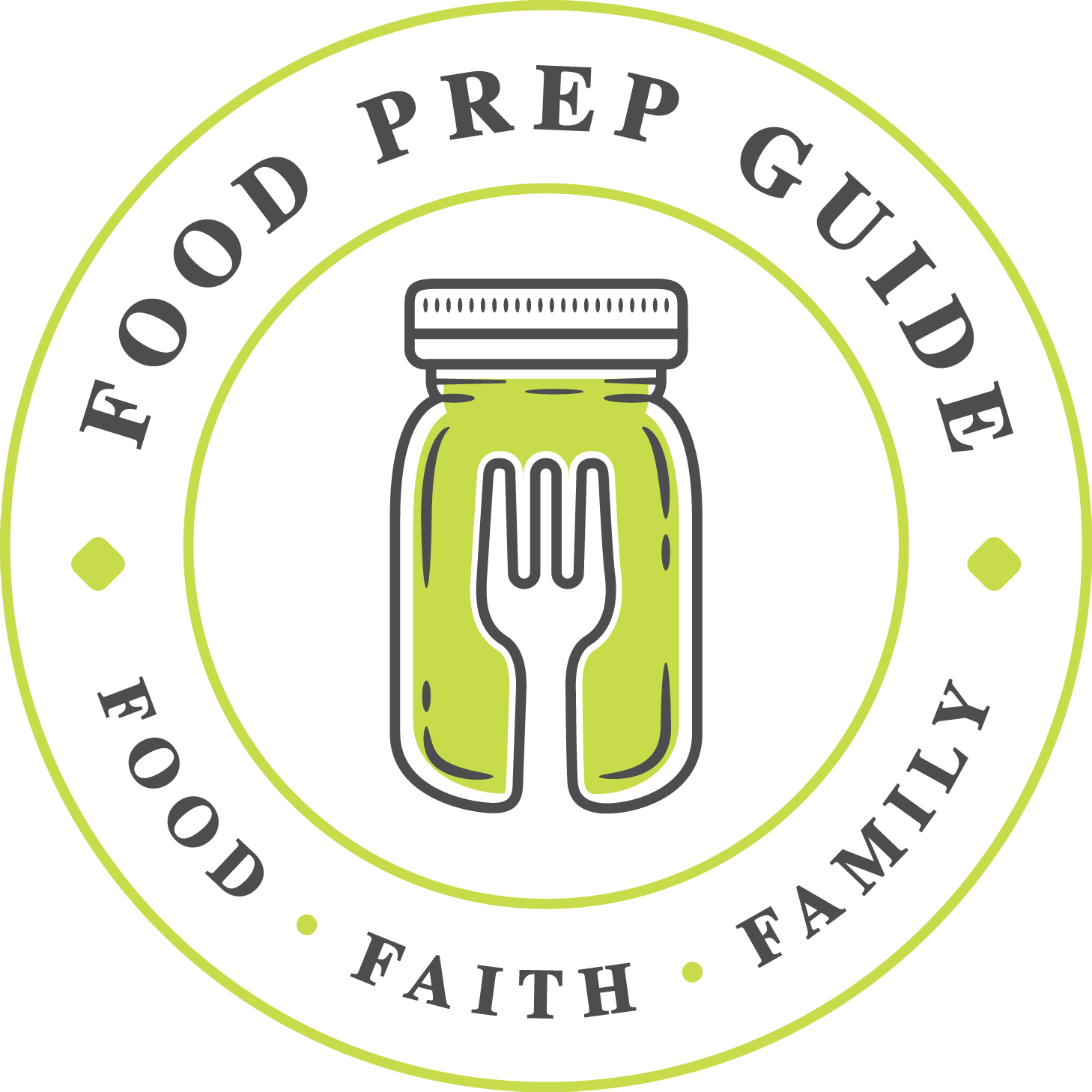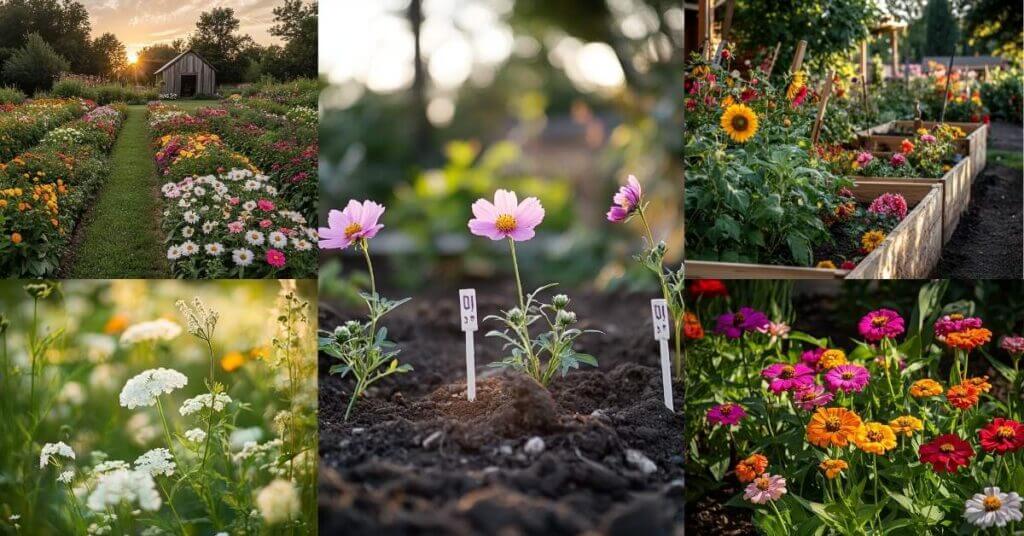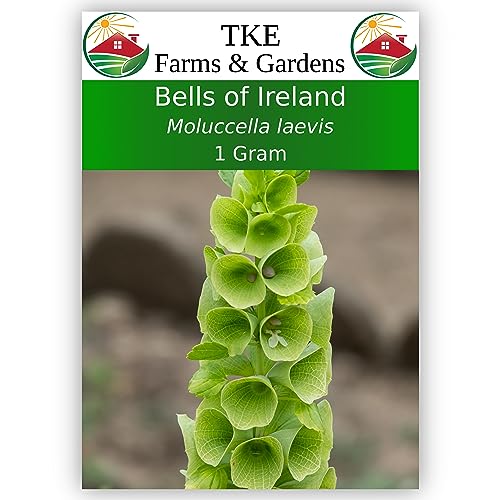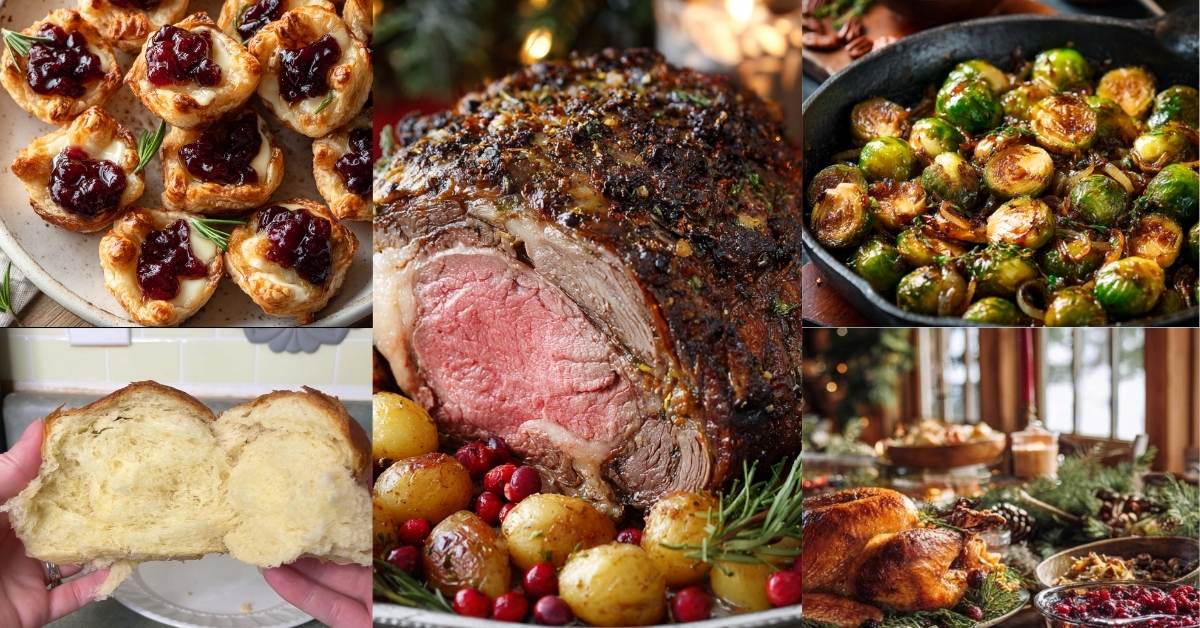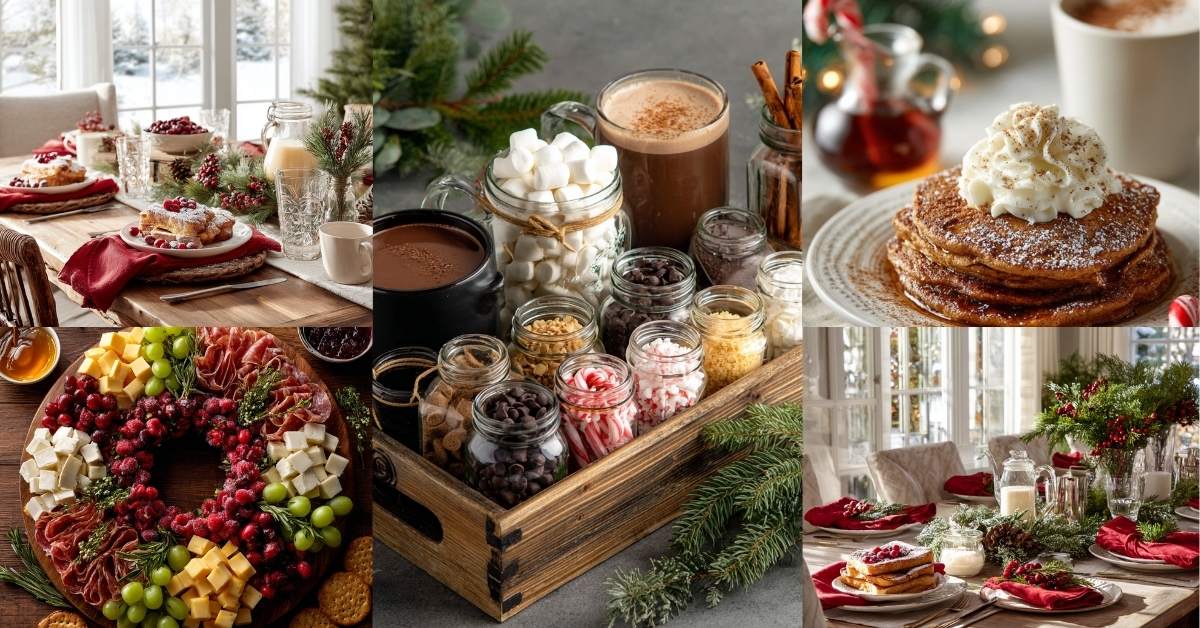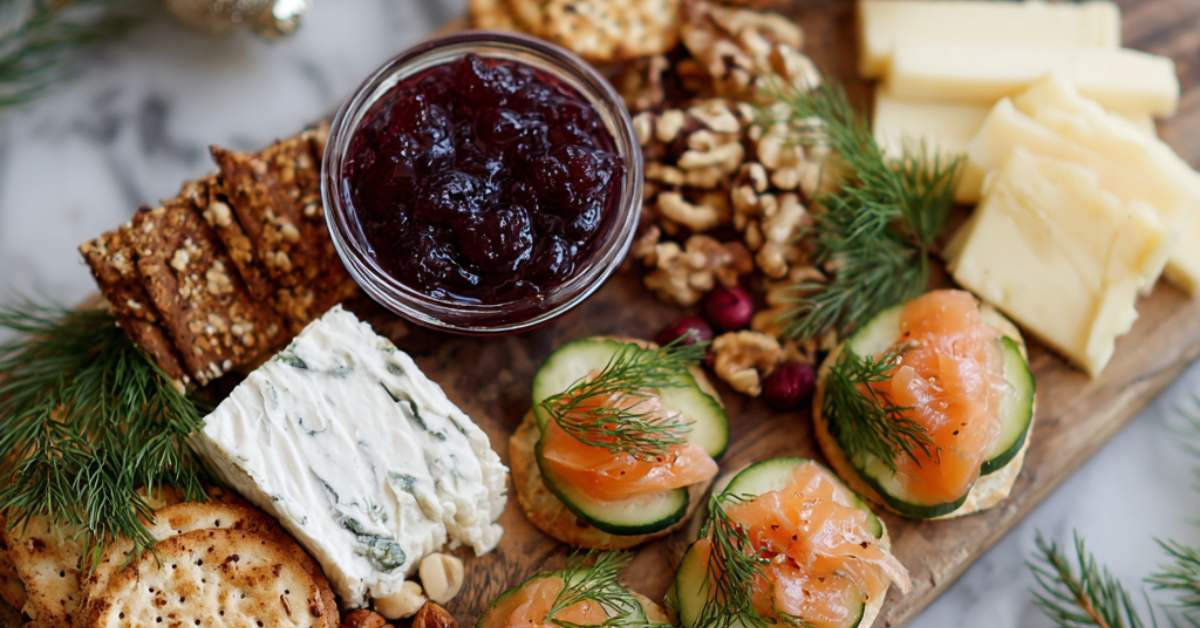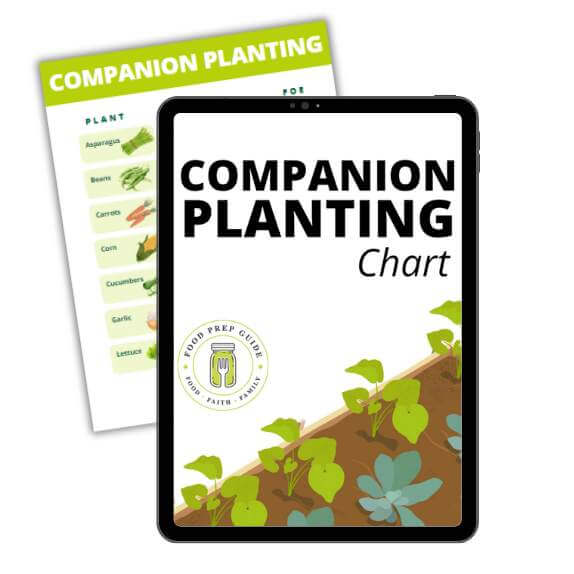We’ve all been there:
Staring at a $25 grocery store bouquet with its sad greenery and three stems of something that might be carnations?
Meanwhile, you have a patch of sunny yard space that sits empty, and you’re curious if it can be put to good use.
What if you transformed it into your personal flower shop?
The beauty of a cut flower garden isn’t just in the money you’ll save on bouquets (though that’s a nice bonus).
It’s about walking outside on a random Tuesday, scissors in hand, and coming back with an armful of blooms that look like they cost a fortune but only required some seeds and a bit of patience.
Here are 10 practical strategies to turn that empty space into your own flower factory!
1. Seasonal Planning
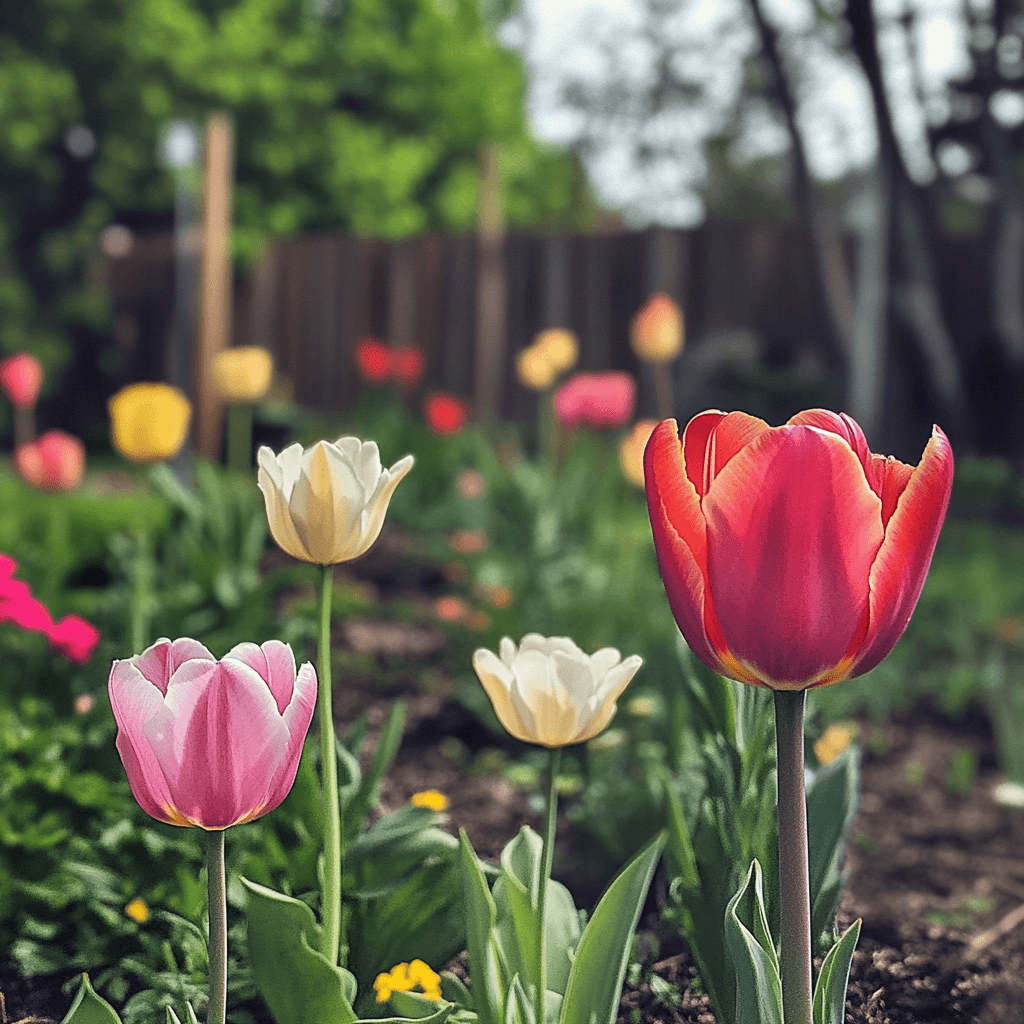
The secret to year-round blooms isn’t complicated—it’s just thoughtful timing.
Plant spring bulbs (tulips, daffodils) in fall, summer favorites (zinnias, sunflowers) in late spring, and fall bloomers (dahlias, asters) mid-summer.
This rolling schedule ensures you’re never staring at bare dirt wondering what happened to your garden.
Pro tip: Keep a simple calendar marking when each flower typically blooms in your zone. This prevents the “everything’s blooming at once and then nothing for months” problem.
2. Companion Planting
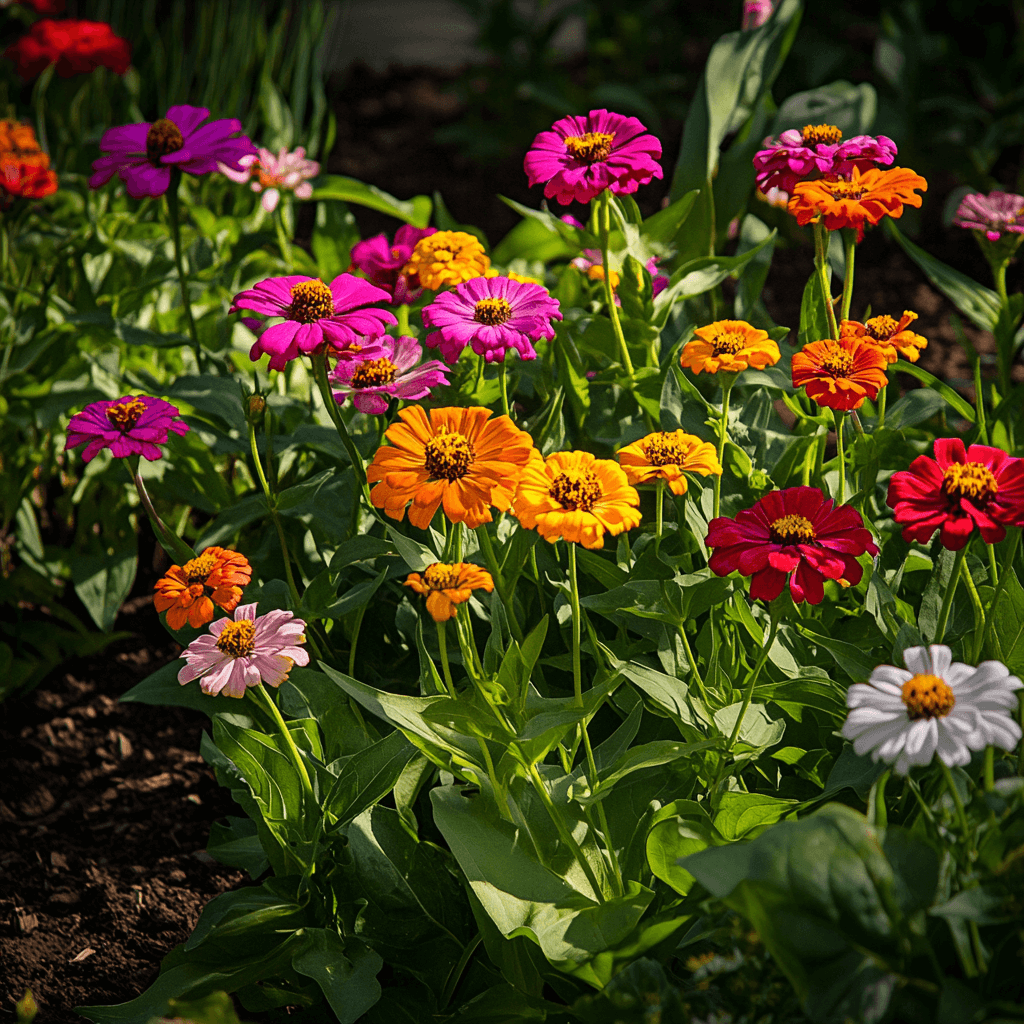
Some flowers just work better together—like party guests who keep the conversation flowing.
Tall cosmos provide light shade for shorter zinnias. Nasturtiums deter pests from your dahlias. Marigolds improve soil health for nearly everything.
Prices pulled from the Amazon Product Advertising API on:
Product prices and availability are accurate as of the date/time indicated and are subject to change. Any price and availability information displayed on [relevant Amazon Site(s), as applicable] at the time of purchase will apply to the purchase of this product.
These natural partnerships mean fewer problems and more blooms without chemical interventions.
Plus, these combinations often look better in both the garden and vase than single-variety plantings.
3. Vertical Growing
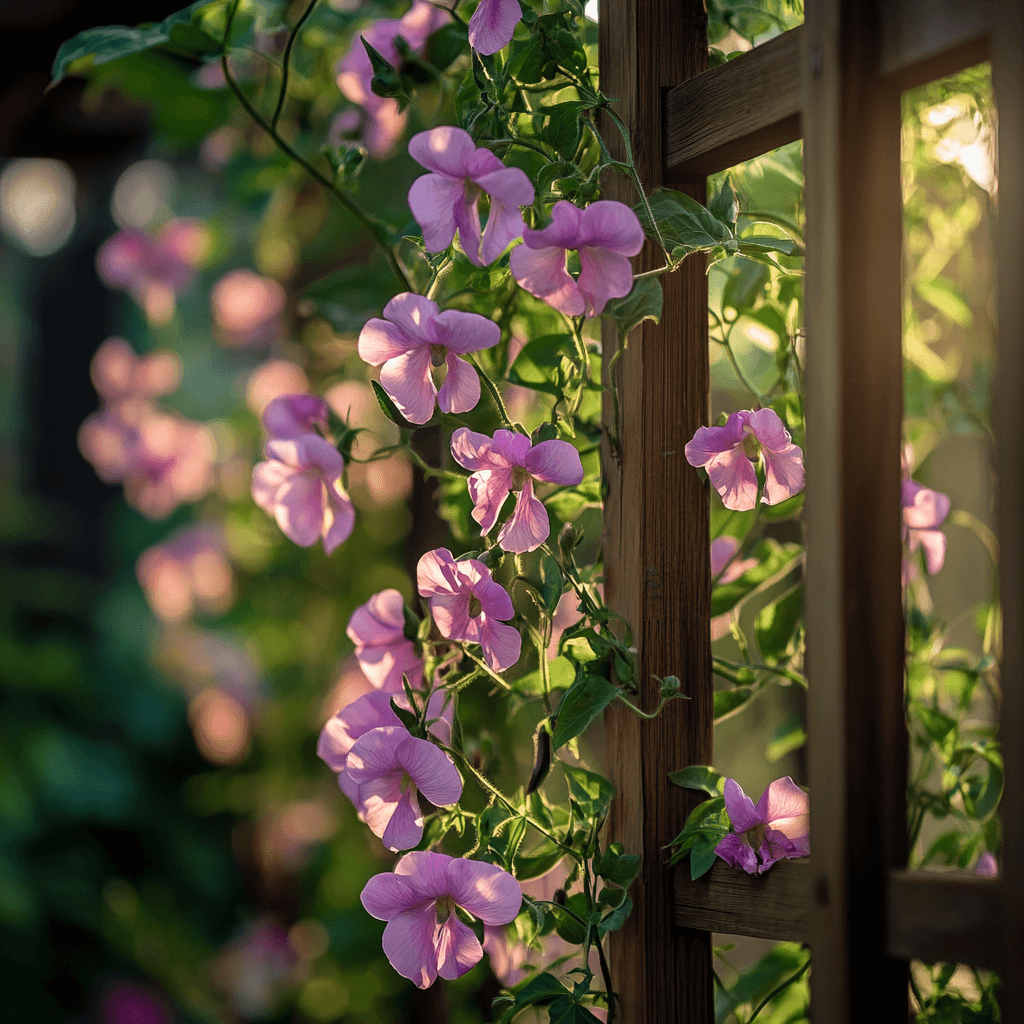
Garden space is precious, especially if you’re working with a typical suburban lot.
Growing up instead of out with climbing flowers transforms even the smallest gardens into productive cutting spaces.
Sweet peas, morning glories, climbing nasturtiums, and certain clematis varieties all make excellent cut flowers and take up minimal ground space.
A simple trellis, arch, or even strings attached to a fence create the perfect climbing gym for these vertical bloomers.
4. Raised Bed Gardens
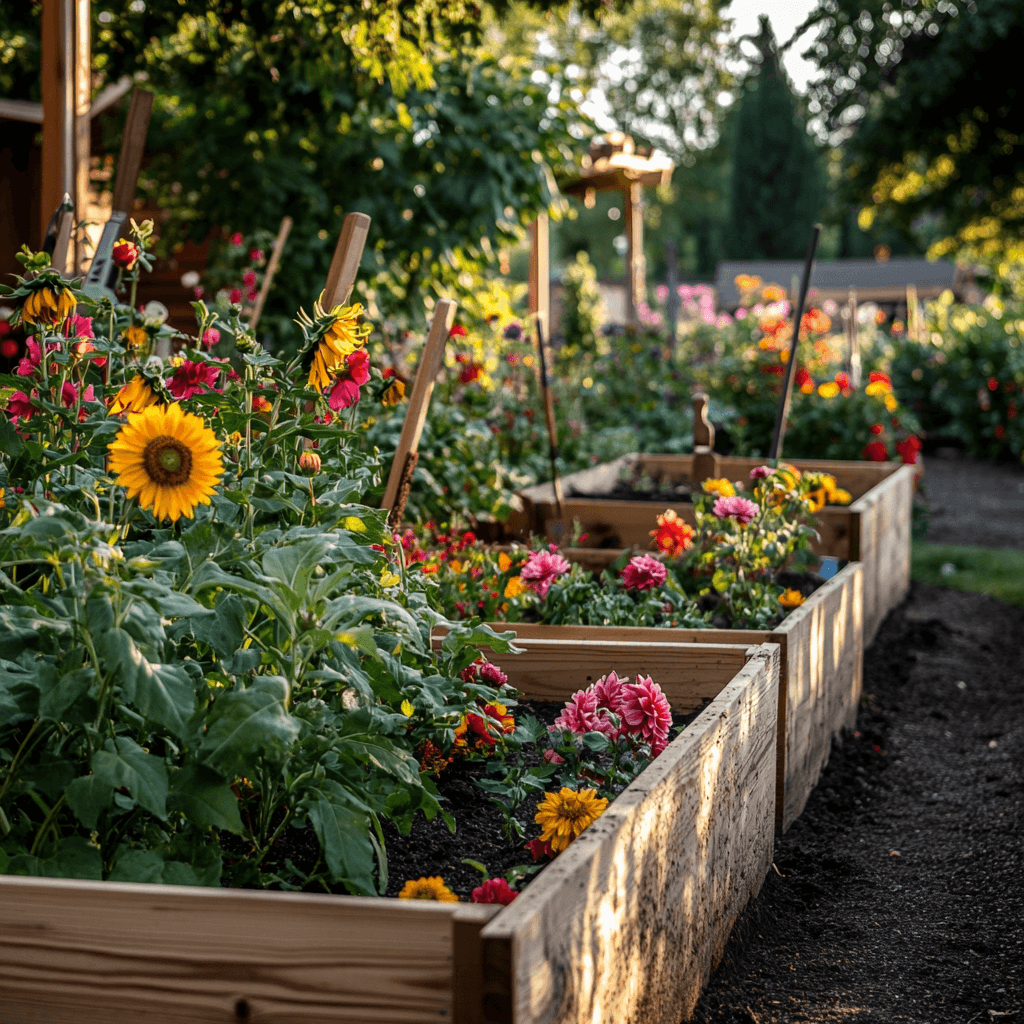
The not-so-secret weapon of serious cut flower gardeners? Dedicated raised beds.
The controlled environment of raised beds gives you perfect drainage (most flowers hate wet feet), better soil quality, and clear boundaries that help keep maintenance manageable.
A 4’x8′ raised bed can produce hundreds of stems throughout a season—enough for weekly bouquets and plenty to share with friends and neighbors.
5. Succession Planting
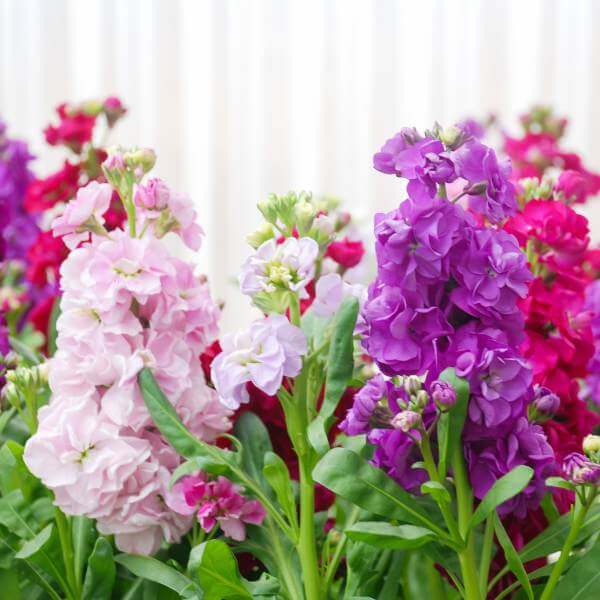
The difference between amateur and pro flower gardens often comes down to one practice:
Succession planting.
Instead of sowing all your zinnia seeds on one spring weekend, plant small batches every 2-3 weeks. This simple timing trick ensures continuous blooms rather than a single spectacular (but brief) show.
This approach works especially well with quick-growing annuals like cosmos, zinnias, and sunflowers, giving you fresh cuts from summer until first frost.
6. Focus on Fillers
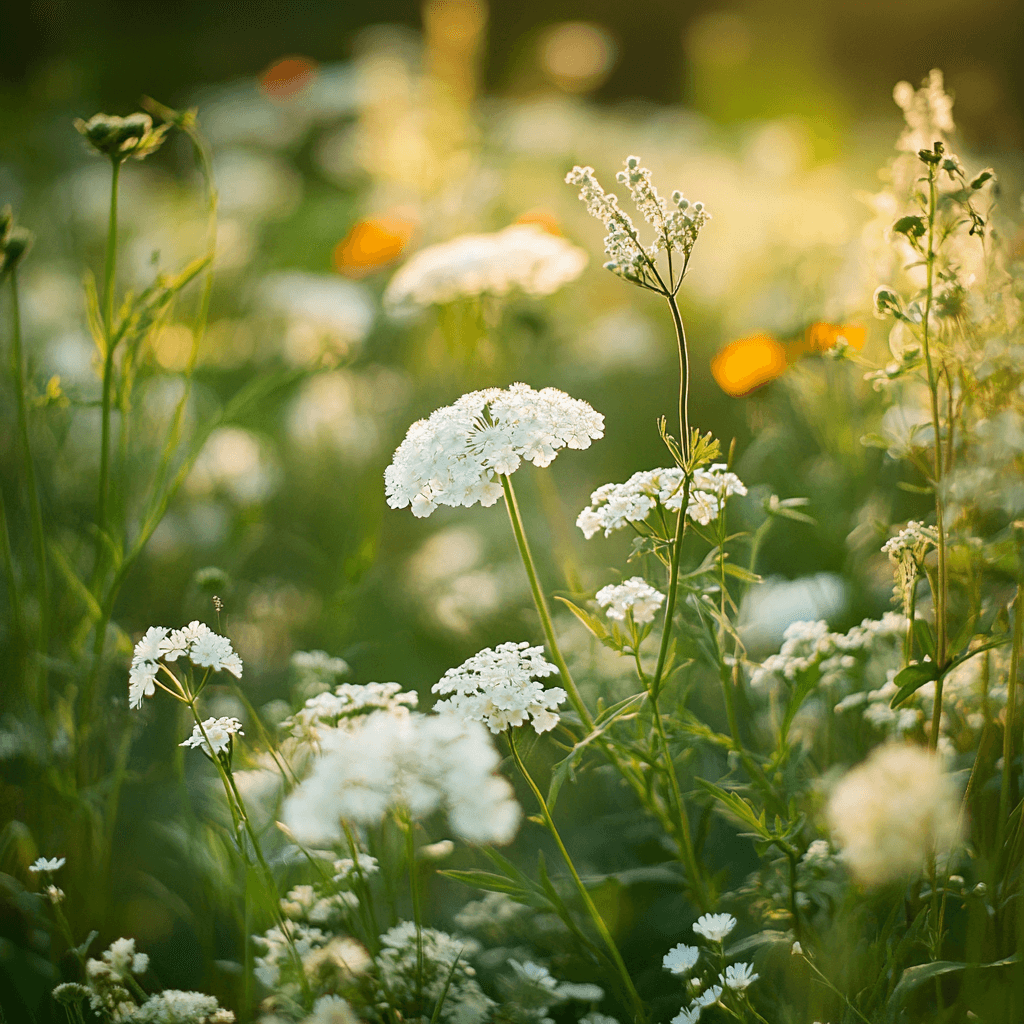
Those greenish-white clouds that make flower arrangements look full? They’re not just packaging from the florist—they’re essential “filler” flowers that transform a few blooms into a proper bouquet.
Dedicate garden space to fillers like ammi majus (also known as false Queen Anne’s lace), baby’s breath, and bells of Ireland.
Prices pulled from the Amazon Product Advertising API on:
Product prices and availability are accurate as of the date/time indicated and are subject to change. Any price and availability information displayed on [relevant Amazon Site(s), as applicable] at the time of purchase will apply to the purchase of this product.
These workhorses make every other flower in your garden more useful and arrangements more professional-looking.
7. Hardy Perennials
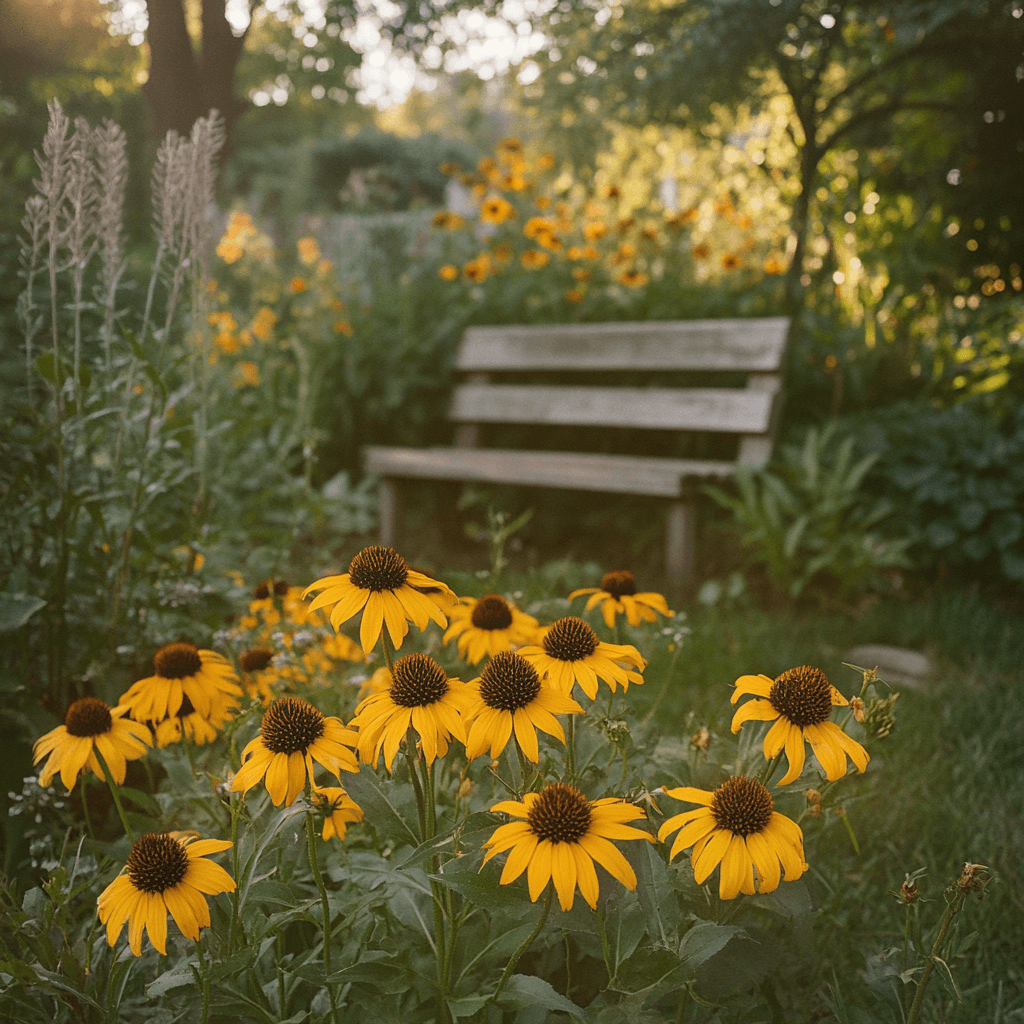
While annuals provide instant gratification, perennials build value year after year.
Peonies, black-eyed Susans, coneflowers, and rudbeckia return reliably each season, often producing more stems as they mature.
The upfront investment (in both cost and patience while they establish) pays dividends for years.
Start with just a few perennial varieties and add more each season for a garden that gets better—not more demanding—with age.
8. Drought-Tolerant Options
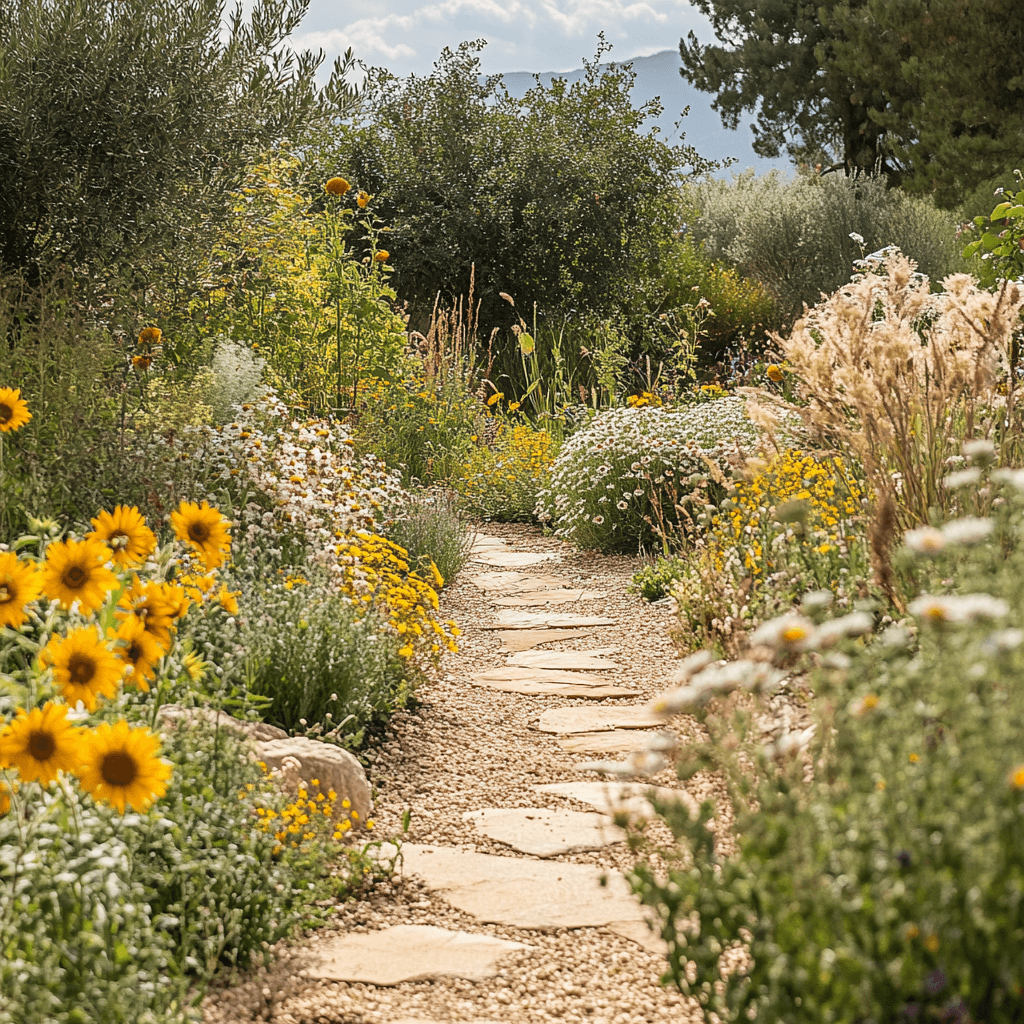
Nothing kills gardening enthusiasm faster than water bills that rival your mortgage.
Drought-resistant cut flowers like sunflowers, yarrow, globe thistle, and strawflower look beautiful in both garden and vase while demanding minimal irrigation once established.
These tough bloomers are perfect for hot, dry regions or for gardeners who occasionally forget to water (guilty! 🙋♀️ ).
9. Heirloom Varieties
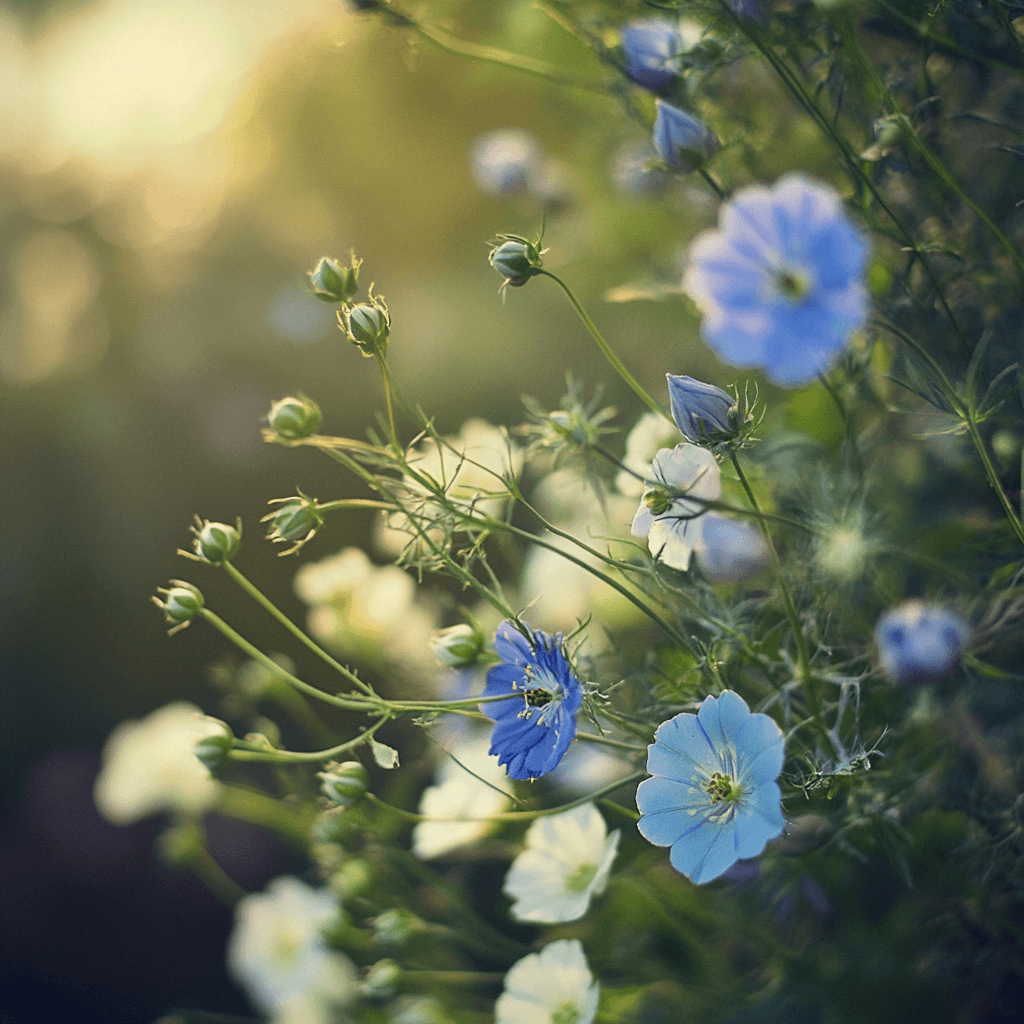
There’s a reason florists charge premium prices for those unusual, personality-filled blooms. Heirloom varieties offer shapes, colors, and scents that modern hybridized versions often lack.
Love-in-a-mist (Nigella), old-fashioned snapdragons, chocolate lace flower, and breadseed poppies bring character to gardens and arrangements alike.
Many heirloom varieties also excel at self-seeding, creating volunteer plants that return year after year.
10. Cut Garden Layout
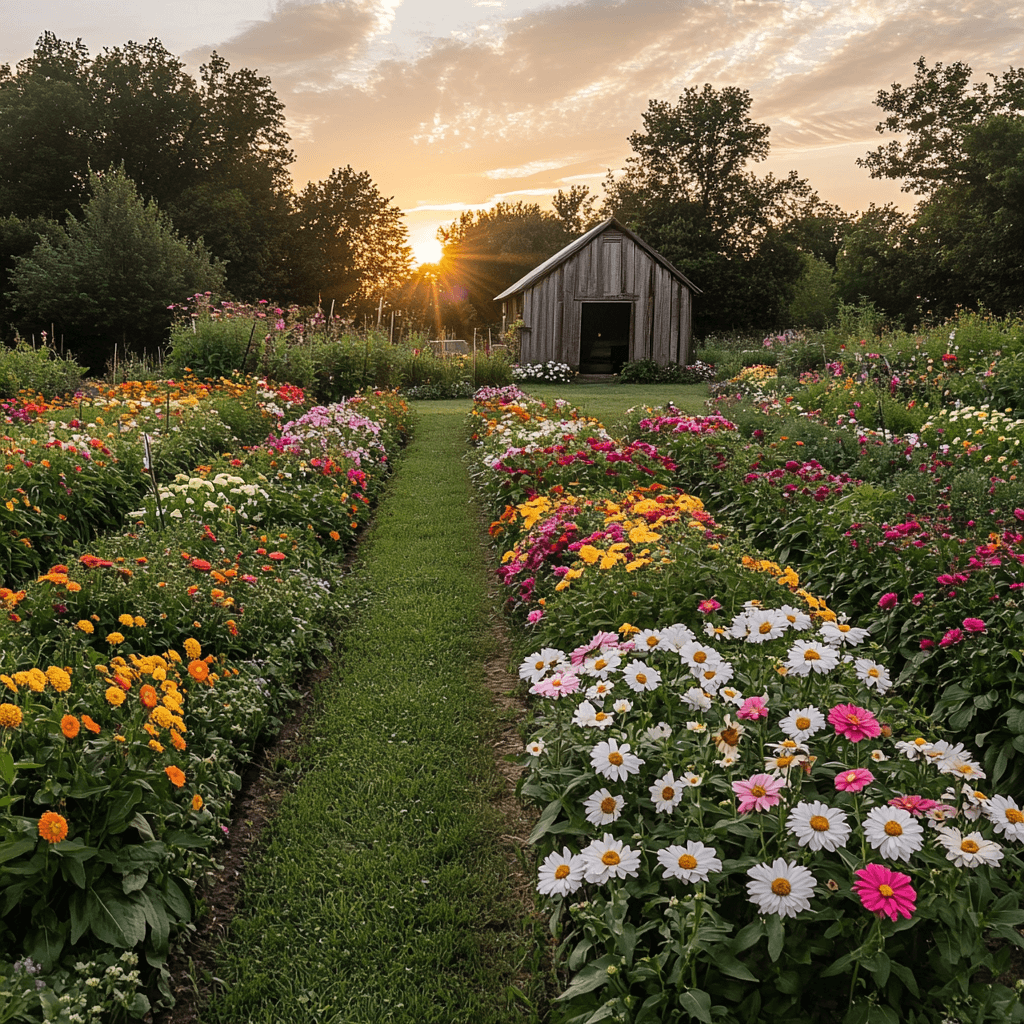
The most beautiful cutting garden isn’t always the prettiest garden.
Professional growers plant in straight rows or grids—not because they lack imagination, but because this practical layout makes maintenance and harvesting significantly easier.
Dedicated cut flower gardens work best when designed for function:
- straight paths,
- plants in blocks by variety,
- and easy access for harvesting.
Save the artistic mixed plantings for the front yard and grow your cutting flowers in practical formations.
You don’t need fancy equipment or endless free time to start a cut flower garden, just some decent soil, a few packets of seeds, and the willingness to get your hands dirty.
Start small this season with just one or two of these ideas.
By this time next year, you’ll wonder why you ever paid for grocery store flowers when the best bouquets were waiting right outside your door all along!

